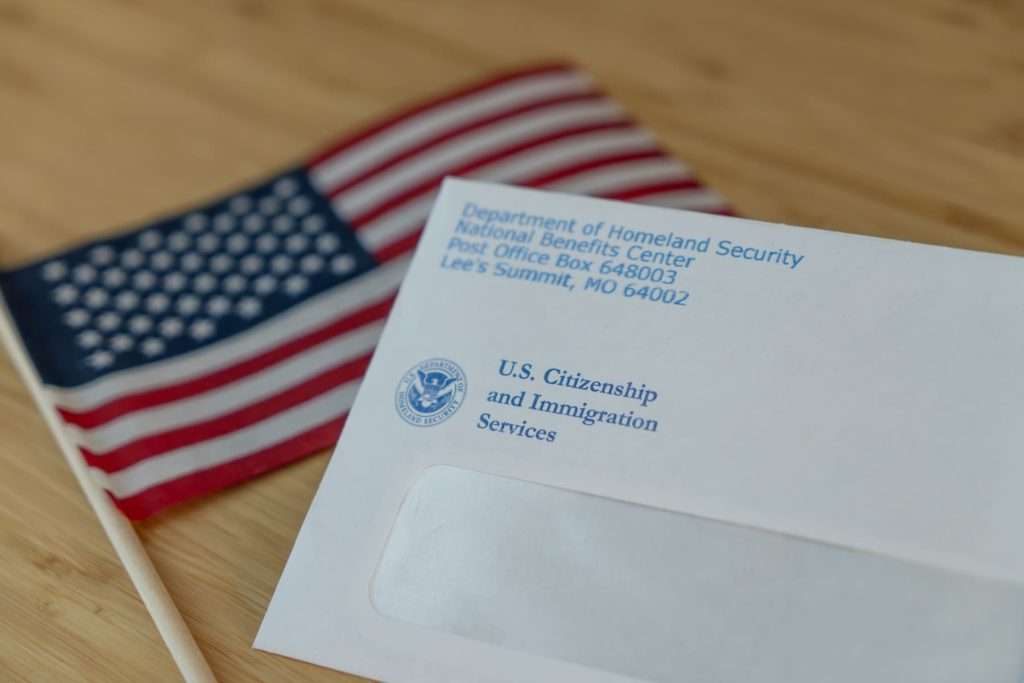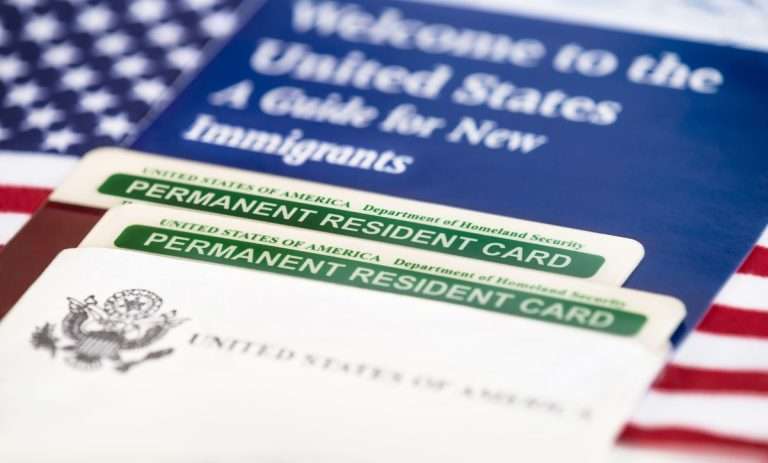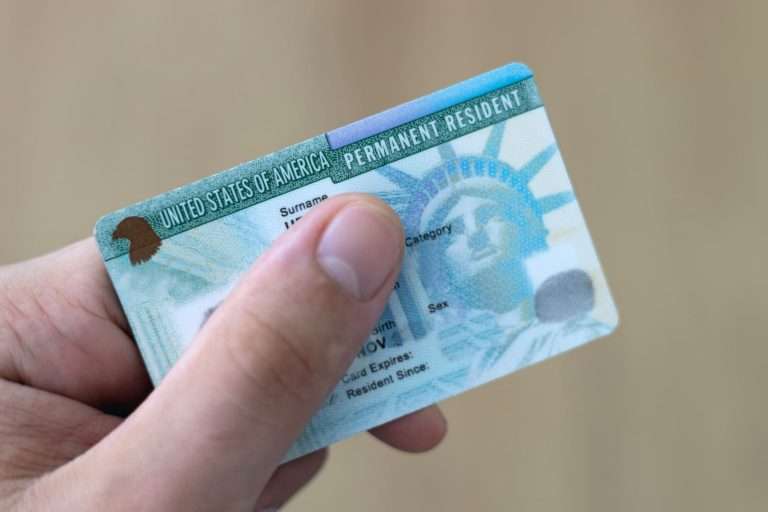The United States attracts people from around the world with its job opportunities, innovation, and professional growth. However, navigating the U.S. visa system can be complex—especially if you’re already in the country and seeking to adjust your status or obtain a work visa. Whether you’re an international student with an F-1 visa, a tourist with a B-2 visa, or in the U.S. under another legal status, you may be wondering: Can I transition to a work visa without leaving the country?
This article explores the possibilities, requirements, and processes involved in obtaining a work visa while in the United States.
Understanding Work Visas in the U.S.
Work visas are official permits that allow foreign nationals to legally work in the United States for a specific employer, often in a particular job or industry. These visas are usually employer-sponsored, meaning the employer must prove that hiring a foreign worker will not negatively impact the U.S. labor market. Common types of work visas include:
- H-1B Visa: For professionals in specialty occupations requiring at least a bachelor’s degree.
- L-1 Visa: For intra-company transferees working in managerial or specialized roles.
- O-1 Visa: For individuals with extraordinary ability in sciences, arts, education, or athletics.
- E-2 Visa: For investors and entrepreneurs from treaty countries.
- H-2B Visa: For non-agricultural seasonal workers.
The visa type you qualify for depends on your current immigration status, job offer, academic background, and work experience.
Steps to Transition to a Work Visa While in the U.S.
If you meet the eligibility requirements, here’s a step-by-step guide to transition to a work visa without leaving the U.S.:
1. Secure a Job Offer
The most critical first step is obtaining a valid job offer from a U.S.-based employer. Most work visas require employer sponsorship, making this step non-negotiable.
2. Obtain Employer Sponsorship
Your employer must file a petition on your behalf with USCIS. For example:
- For an H-1B visa, the employer must file Form I-129 and receive an approved Labor Condition Application (LCA) from the Department of Labor.
- For an L-1 visa, the employer must demonstrate a qualifying relationship between the foreign and U.S. offices.
3. File the Appropriate Application
Once the employer’s petition is approved, you may file to change your status to a work visa. This is typically done using Form I-539 (Application to Extend/Change Nonimmigrant Status).
4. Wait for USCIS Decision
Processing times vary depending on the visa type, so prepare for a waiting period. USCIS will notify you of its decision, after which you may begin working if approved.
Challenges of Getting a Work Visa from Within the U.S.
While it is possible to obtain a work visa from within the U.S., several challenges may arise:
H-1B Cap and Timeline
The H-1B visa is subject to an annual cap of 85,000 visas with specific filing windows. Missing deadlines or hitting the cap may mean waiting until the next fiscal year.
Maintaining Current Status
While your work visa application is pending, you must maintain a valid legal status in the U.S. For example, if your current visa expires before the work visa is approved, you may be required to leave the U.S.
Employer Dependency
Most work visas are employer-specific. If you lose your job, your work visa becomes invalid, and you may need to leave the country or seek alternative options.
Complex Documentation
The process involves extensive documentation, including proof of job offer, educational qualifications, and legal status. Errors in your application may lead to delays or denials.
Alternatives to Work Visas
If transitioning to a work visa isn’t feasible, consider the following alternatives:
Extend Your Current Status
If a work visa isn’t immediately available, you may apply to extend your current visa or change to another nonimmigrant status.
Apply for a Green Card
If eligible, applying for a Green Card can provide a long-term solution to live and work in the U.S.
Seek Opportunities Abroad
If no options remain, you might consider pursuing employment in another country and reapplying for a U.S. work visa later.
Obtaining a work visa while already in the United States is possible—but it requires careful planning, employer sponsorship, and compliance with immigration laws. Whether you’re a student transitioning into a professional role, a tourist seeking employment, or a current employee changing status, understanding the process is key.
By working with experienced immigration attorneys and staying on top of deadlines and requirements, you can increase your chances of success. Remember, although the process may seem daunting, thousands of individuals successfully transition to work visas in the U.S. each year.




